

We are one of the leading manufacturers, distributors, and suppliers of Antimony Trioxide in USA. Its CAS Number is 1309-64-4, and the chemical formula is Sb2O3.
Antimony Trioxide (Sb₂O₃) or ATO is a versatile inorganic compound universally used across multiple industrial sectors, primarily as a flame retardant. (Sb₂O₃), commonly referred to as ATO and is predominantly utilized in the production of plastics, textiles, glass, and electronic components. Antimony Trioxide main role is a synergist in halogenated flame retardant systems for various applications, where it enhances the material’s flame resistance. For clarity in trade and sourcing, Antimony Trioxide is also called by other names, such as Diantimony Trioxide and Antimonious Oxide, terms often used by ATO manufacturers and Antimony Trioxide suppliers. At Scimplify, we offer Antimony Trioxide as an end-to-end product solution, leveraging the strength of our global network to provide competitive pricing and ensure supply chain reliability worldwide.



Antimony Trioxide, with the chemical formula (Sb₂O₃), is a fine white crystalline powder widely recognized for its flame-retardant properties and catalytic activity in industrial applications. It is primarily used as a flame retardant synergist, catalyst, and opacifier across various U.S. manufacturing industries, including plastics, coatings, textiles, and glass production. Antimony Trioxide is also known as Diantimony Trioxide and Antimonious Oxide, terms often used by ATO manufacturers and Antimony Trioxide suppliers. We are one of the largest Antimony Trioxide manufacturers and suppliers in the USA Scimplify offers high-purity (≥99%) industrial and flame-retardant grades of ATO that meet TSCA (EPA) and NSF/ANSI standards. Scimplify is a trusted Antimony Trioxide supplier serving U.S. manufacturers, with consistent lead times and competitive USD pricing for their bulk ATO requirements. Contact us for bulk Antimony Trioxide. For detailed handling, storage, and emergency information, please refer to our antimony trioxide SDS or MSDS in the document section.

.3d8f8f41.svg)
Flame Retardants
.3556d45a.svg)

Synergists & Smoke Suppressants


Antimony-based synergists
.7767eb0f.png)

Chemical Properties & Specifications
Antimony Trioxide (Sb₂O₃) is used in multiple industries by U.S manufacturers and suppliers for its flame-retardant properties and is primarily used in the plastics and rubber industries.
Antimony trioxide is a key flame retardant synergist in polymers such as PVC, polyethylene (PE), and polypropylene (PP). It is also found in rubber compounds used in the U.S. automotive, electrical, and construction sectors. It enables materials to meet U.S. fire safety standards like UL-94 by forming protective char layers during combustion.
Antimony trioxide enhances the fire resistance and thermal stability of finished products. It is used in protective coatings for industrial infrastructure, specialty paints, and high-performance adhesives to meet fire safety and durability requirements.
Antimony trioxide helps produce flame-resistant fabrics and upholstery for safety apparel, furnishings, and industrial environments in the U.S. Its synergistic action with halogenated flame retardants ensures compliance with fire regulations.
Antimony trioxide is used as a fining agent and opacifier. It helps to remove gas bubbles and increase clarity, as well as imparting opacity in ceramics and enamels. U.S.manufacturers use it for high-quality decorative, optical, and architectural glass products.

CAS No. : 1309-64-4
Category : Synergists & Smoke Suppressants
Sub-Category : Antimony-based synergists
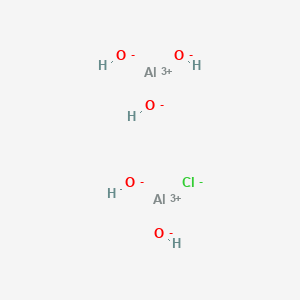
CAS No. : 1327-41-9
Category : Inorganic Chemicals
Sub-Category : Metal-Based Coagulants
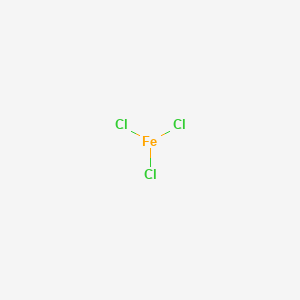
CAS No. : 7705-08-0
Category : Inorganic Chemicals
Sub-Category : Metal-Based Coagulants
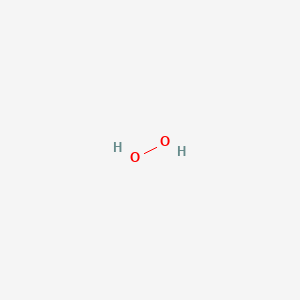
CAS No. : 7722-84-1
Category : Inorganic Chemicals
Sub-Category : Peroxides & Oxidizing Agents
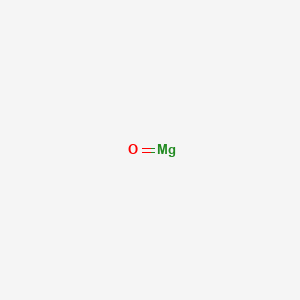
CAS No. : 1309-48-4
Category : Inorganic Chemicals
Sub-Category : Active Pharmaceutical Ingredients (APIs)

CAS No. : 13463-67-7
Category : Pigments & Colorants
Sub-Category : Inorganic Pigments
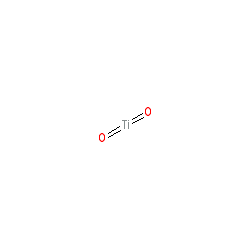
CAS No. : 13463-67-7
Category : Pigments & Colorants
Sub-Category : Inorganic Pigments

CAS No. : 13463-67-7
Category : Pigments & Colorants
Sub-Category : Inorganic Pigments
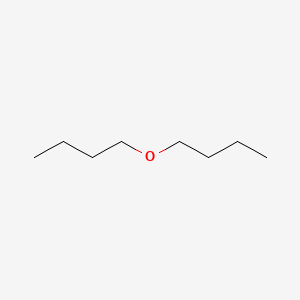
CAS No. : 142-96-1
Category : Solvents & Carriers
Sub-Category : Ethers & Ether-Based Solvents
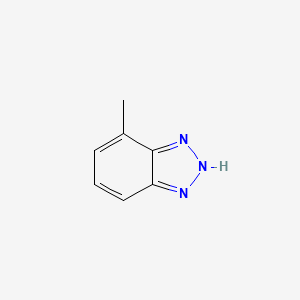
CAS No. : 29385-43-1
Category : Specialty Polymers & Additives
Sub-Category : Corrosion Inhibitor Additives

CAS No. : 25322-69-4
Category : Specialty Polymers & Additives
Sub-Category : Polyether Polyols
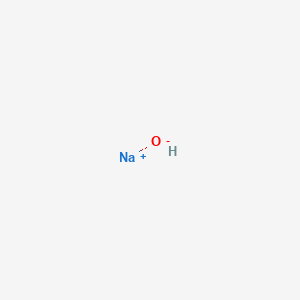
CAS No. : 1310-73-2
Category : Inorganic Chemicals
Sub-Category : Acidulants & Acidity Regulators
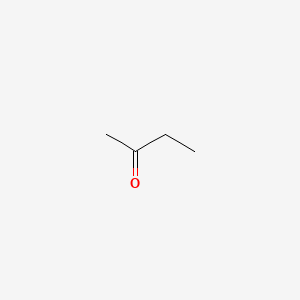
CAS No. : 78-93-3
Category : Base Chemicals & Intermediates
Sub-Category : Ketones & Solvents
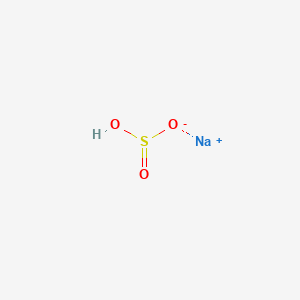
CAS No. : 7631-90-5
Category : Inorganic Chemicals
Sub-Category : Sulfur-Based Compounds
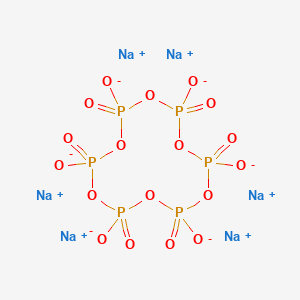
CAS No. : 10124-56-8
Category : Inorganic Chemicals
Sub-Category : Phosphate Compounds

CAS No. : 5329-14-6
Category : Inorganic Chemicals
Sub-Category : Acid Derivatives

CAS No. : 100-44-7
Category : Organic Intermediates
Sub-Category : Chlorinated Aromatic Compounds
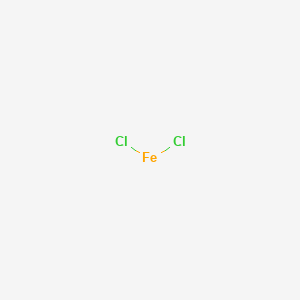
CAS No. : 7758-94-3
Category : Inorganic Chemicals
Sub-Category : N/A

CAS No. : 1314-13-2
Category : Inorganic Chemicals
Sub-Category : N/A
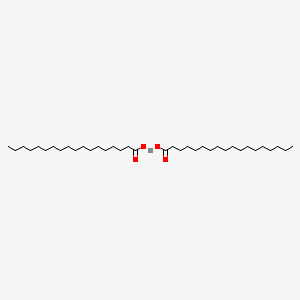
CAS No. : 136-53-8
Category : Inorganic Chemicals
Sub-Category : Metal Carboxylates
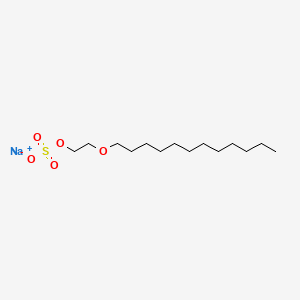
CAS No. : 9004-82-4
Category : Surfactants
Sub-Category : Anionic (Ether sulfates)
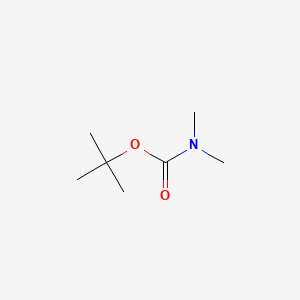
CAS No. : 61788-93-0
Category : Surfactants & Emulsifiers
Sub-Category : Fatty Amines
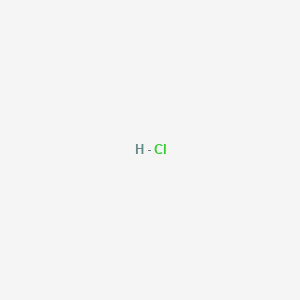
CAS No. : 7647-01-0
Category : Inorganic Acids
Sub-Category : Mineral Acids
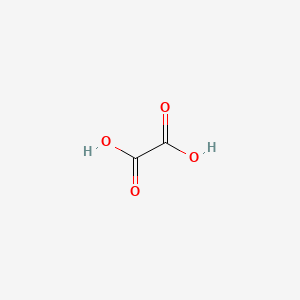
CAS No. : 144-62-7
Category : Organic Acid Derivatives
Sub-Category : Dicarboxylic Acids

CAS No. : 17465-11-3
Category : Organic Intermediates
Sub-Category : Aromatic Sulfonates

CAS No. : 7704-34-9
Category : Inorganic Chemicals
Sub-Category : Sulfur & Derivatives

CAS No. : 77-92-9
Category : Food Ingredients
Sub-Category : Flavor Enhancers
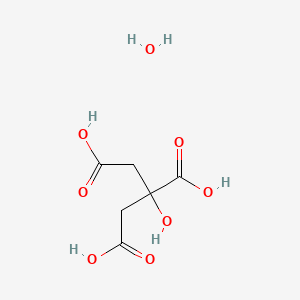
CAS No. : 5949-29-1
Category : Food Ingredients
Sub-Category : Flavor Enhancers

CAS No. : 7631-90-5
Category : Inorganic Chemicals
Sub-Category : Sulfur-Based Compounds

CAS No. : 10124-56-8
Category : Inorganic Chemicals
Sub-Category : Phosphate Compounds

CAS No. : 9005-65-6
Category : Surfactants & Emulsifiers
Sub-Category : N/A
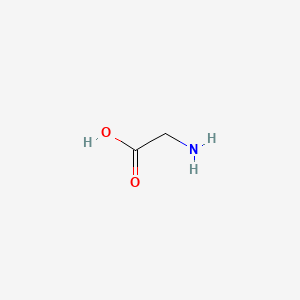
CAS No. : 56-40-6
Category : Nutraceutical Ingredients
Sub-Category : Amino Acids & Proteins
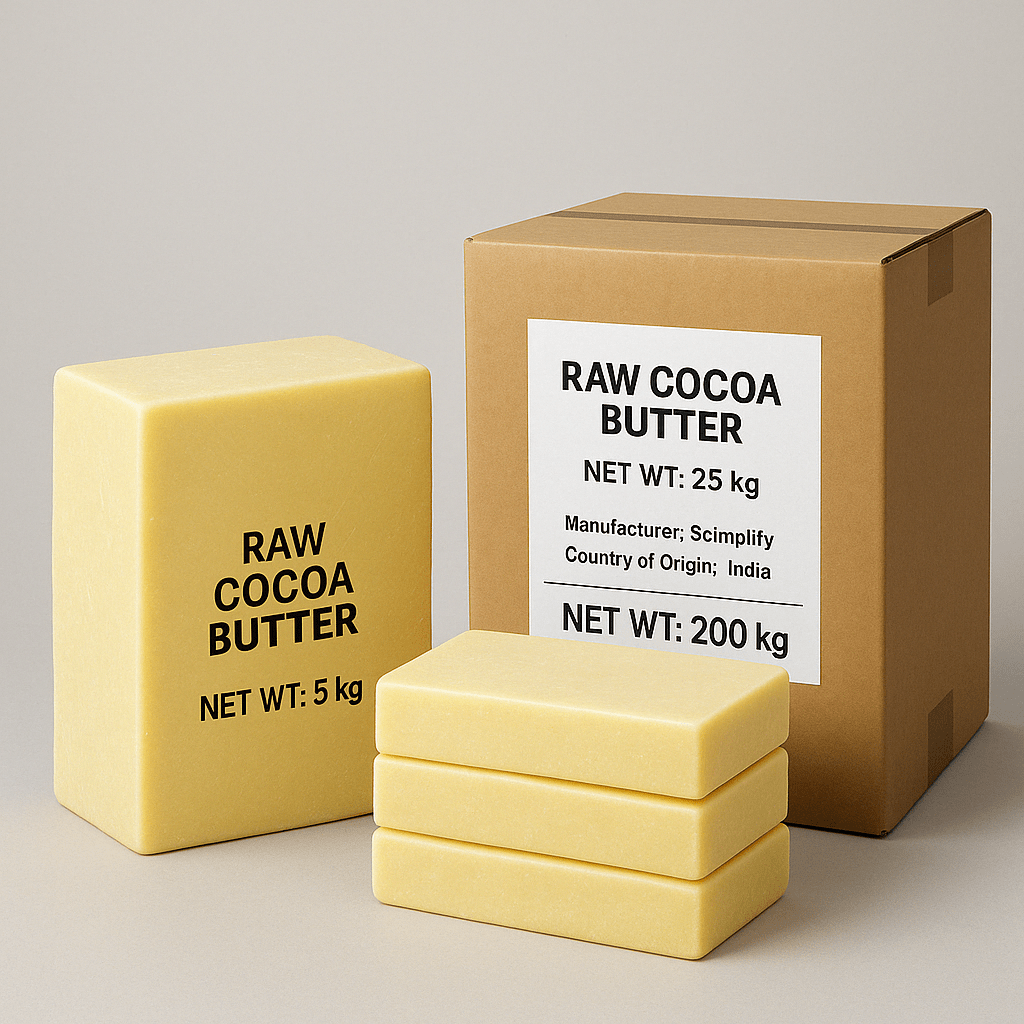
CAS No. : 8002-31-1
Category : Food Ingredients
Sub-Category : Cocoa & Chocolate Derivatives
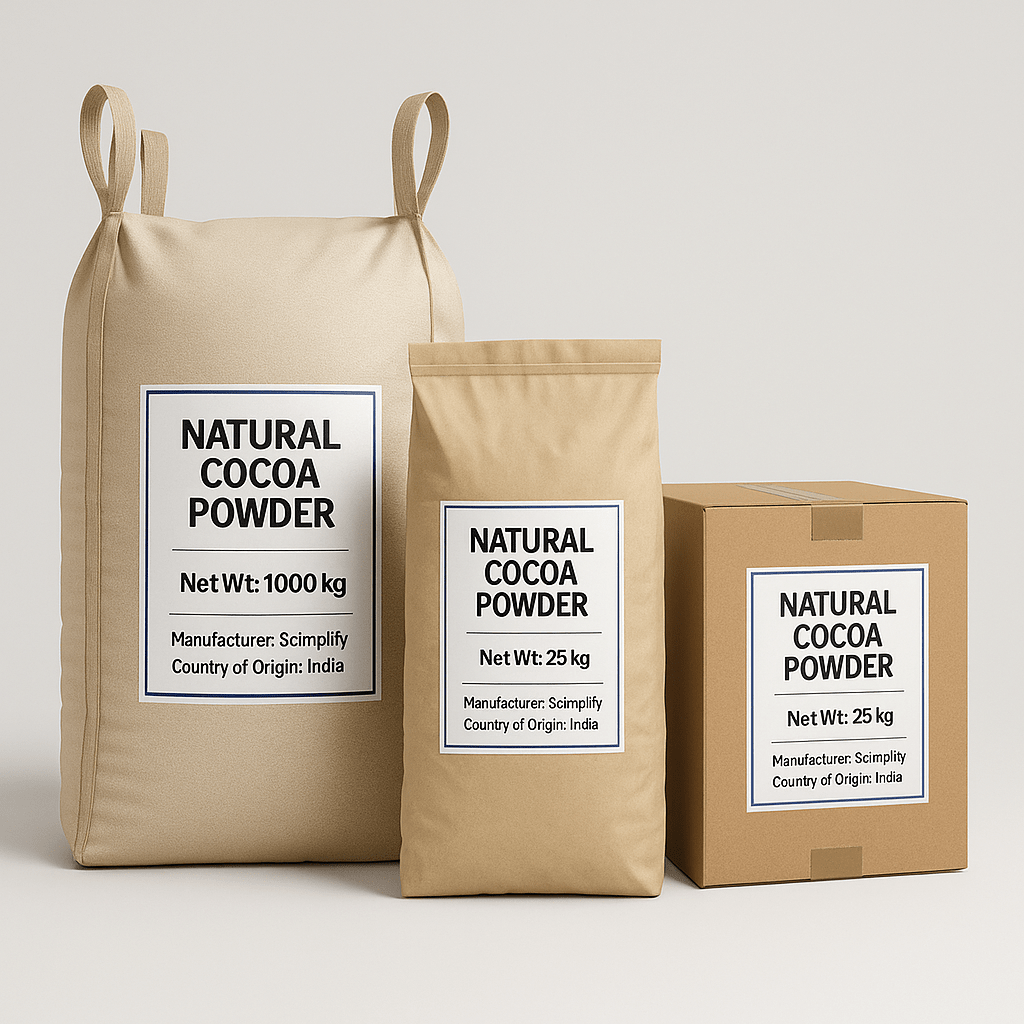
CAS No. : 84649-99-0
Category : Food Ingredients
Sub-Category : Cocoa & Chocolate Derivatives

CAS No. : 56011-02-0
Category : Fragrance Ingredients
Sub-Category : Aliphatic Aromatic Ethers
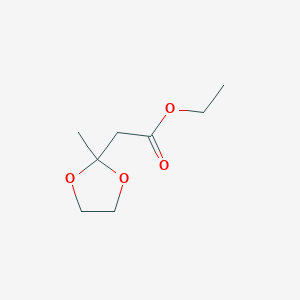
CAS No. : 6413-10-1
Category : Fragrance Ingredients
Sub-Category : Ketal Fruit Esters

CAS No. : 5182-36-5
Category : Fragrance Ingredients
Sub-Category : Aroma Chemicals
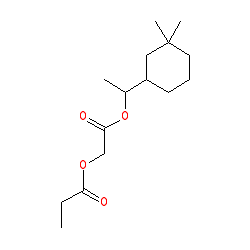
CAS No. : 236391-76-7
Category : Fragrance Ingredients
Sub-Category : Polycyclic Synthetic Musks

CAS No. : 236391-76-7
Category : Fragrance Ingredients
Sub-Category : Polycyclic Synthetic Musks